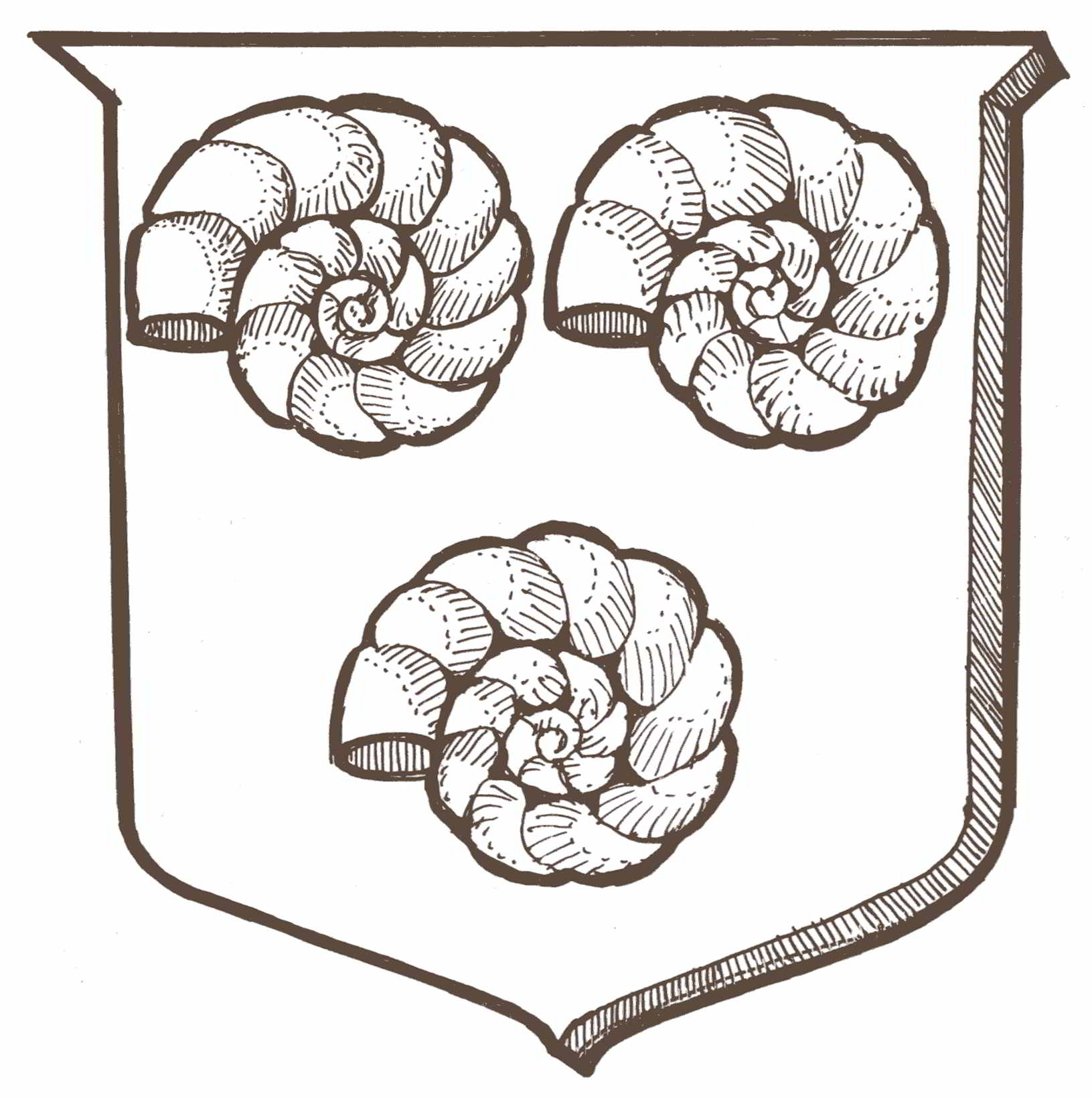The national newspapers carried the story on Saturday morning. The times quote telegrams receive from Captain Milburn. In the absence of the Secretary of the Lifeboat Committee he had assumed command of the rescue operation. This was not to everybody’s liking. The Police considered they were in charge. The St. Johns Ambulance Brigade regarded it as their responsibility. The Town Council, Coastguard and several other authorities thought it was theirs. To say nothing of the sea – faring men who risked all in the lifeboats.
Frustrations continued throughout the day. An attempt to float a line from ship to shore almost succeeded then the current carried it out to sea. After standing – by all night, Scarborough Lifeboat was again unable to reach the ship and returned to base. It was impossible to launch to the Upgang boat even after dragging it round the Nab at low tide. The storm trawler Mayfly sailed down from Hartlepool on the 3 a.m. tide and towed the Robert and Mary Ellis out of the Rohilla, but the lifeboat could not get close. Time after time the Rocket Brigade failed to get a line out to the ship that was within reach of those on board.

Whitby was a town of similar size to Barnoldswick. Its history was linked with the Abbey founded by St. Hilda in 657. The invading Danes destroyed the original building, two hundred years later, which had become one of the earliest houses of English learning. During the reign of Henry I, the Benedictine order restored it as a monastery, and this flourished until destroyed by Henry VIII. Captain Cook lived in the busy fishing port before setting out on his voyages of discovery. The principal industry used to be the making of ornaments from the jet that abounds at the mouth of the River Esk.
| 80 81 82 83 | 84 | 85 86 87 88 89 90 91 92 93 94 95 96 97 98 99 |
Copyright © Ken Wilson 1981
